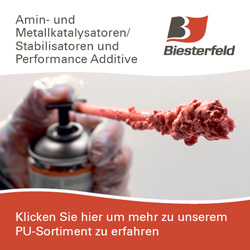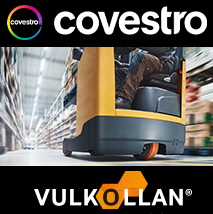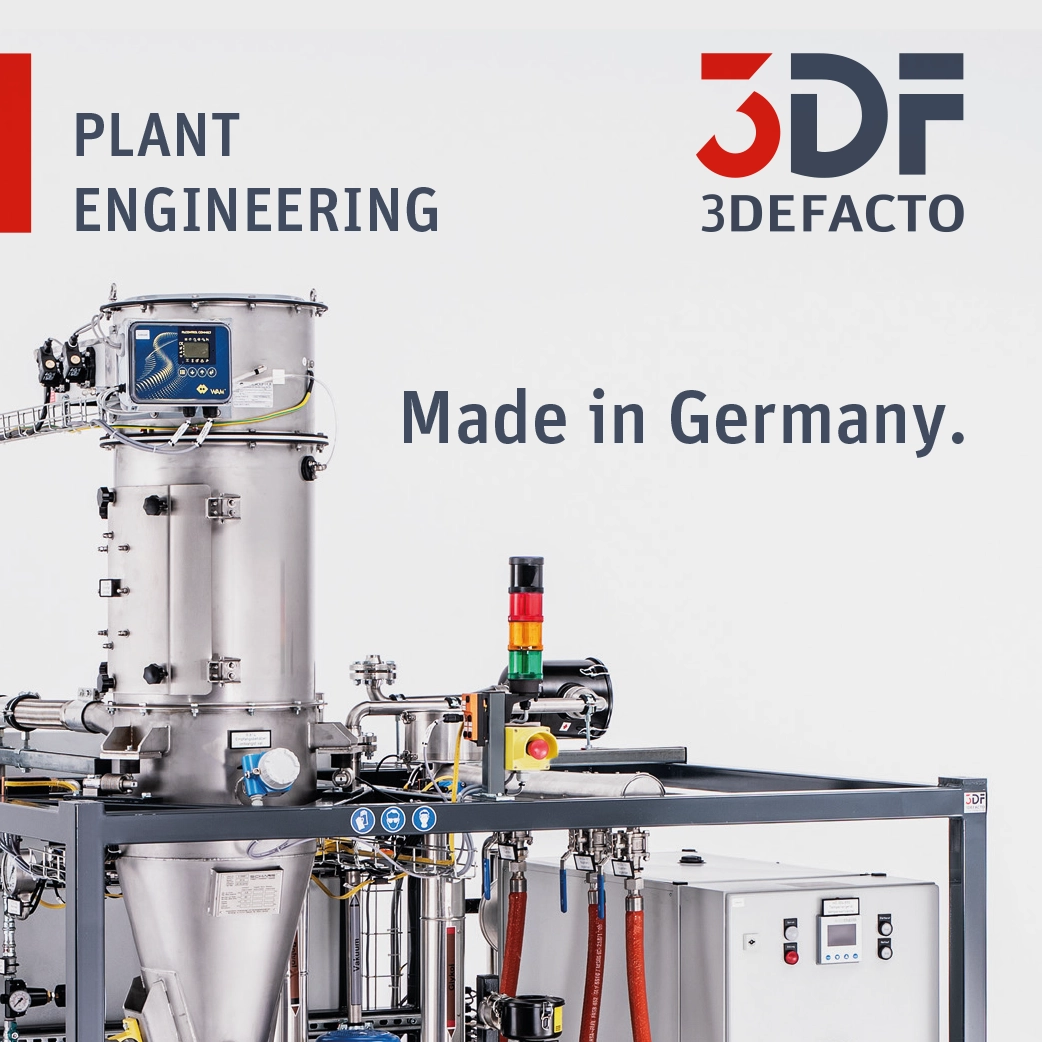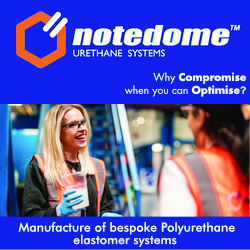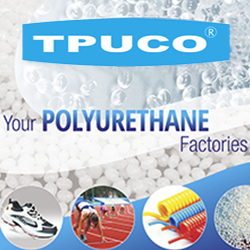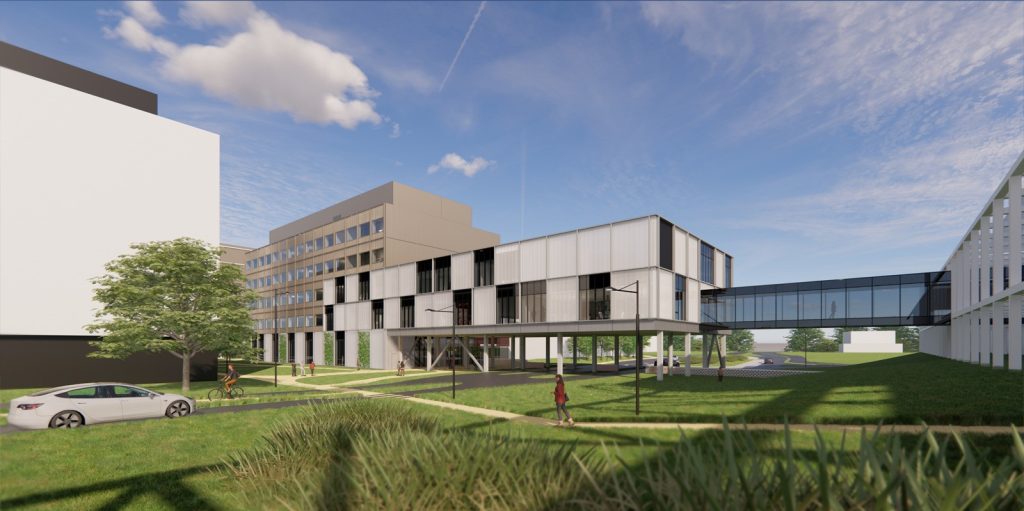
In time for World Green Building Week 2025, Covestro and Recticel announce they are contributing to the Circular House of Brightlands Circular Space, a flagship building project in the Netherlands that showcases how low-carbon materials can help reduce the environmental footprint of modern buildings. The innovative, more sustainable raw material Desmodur CQ MS from Covestro, is being used in PU insulation boards by Recticel throughout the Circular House, demonstrating that high-performance polyurethane solutions can support more sustainable construction.
The announcement aligns strongly with this year’s World Green Building Week1 motto, “Business goes better when you’re bold on buildings,” as partners Covestro, Recticel and Brightlands all work towards bold, more sustainable solutions that do not compromise on technical performance but enable the building industry to reduce its ecological footprint and accelerate its transition to circularity.
“The construction sector is responsible for about 37% of global CO₂ emissions, with around a quarter stemming from embodied carbon2, e.g. emissions associated with the building materials before a building is even in use,” says Fernando Resende, Marketing Manager Building & Construction EMEA-LATAM at Covestro. “This urgently needs to change. Through our collaboration with Recticel, we’re able to offer a compelling alternative.”
Brightlands Circular Space: Platform for circular collaboration
The 7,500 m² Circular House will serve as a living lab for demonstrating, co-creating and piloting zero-waste plastic technologies. It integrates sustainable design at every level, using innovative materials to reduce both operational and embodied carbon. As part of its mission, Circular House aims to share best practices in circular solutions in its Experience Space and host events in which Covestro and Recticel could share knowledge about circular building materials with students and peers as well.

“In the Circular House, we chose insulation boards that incorporate more sustainable raw materials, meeting both performance and sustainability requirements,” states Lia Voermans, chair of the Steering Board at Brightlands Circular Space. “This way, we apply the same circular principles driving Brightlands Circular Space by embedding them into the design of our demonstration facility for circular plastics, showing how circular and low-carbon materials can be integrated into real-world building projects.”
The building, located on Brightlands Chemelot Campus in Sittard-Geleen, the Netherlands, is part of the Brightlands Circular Space. The facility is the first of its kind: an open-access, circular plastics demonstration hub where R&D can be scaled and integrated with real-world industrial infrastructure.
Jointly furthering sustainability
Covestro has enabled Recticel to use Desmodur CQ MS into its Recticel’s “Eurothane Silver Impact” insulation boards, which are now used to insulate the roof of the Circular House at Brightlands. Desmodur CQ MS is based on climate-neutral3 methylene diphenyl diisocyanate (MDI), produced using bio-circular feedstocks, certified via the mass balance approach. As a result, the “Eurothane Silver Impact” boards used in the Circular House contain 43%4 less embodied carbon compared to standard versions, while maintaining the trusted technical and thermal performance.

“The buildings of tomorrow must be measured by more than just energy efficiency. They must address embodied carbon, material circularity and long-term environmental impact across their entire lifespan,” says Benedikt van Roosmalen, Commercial Manager at Recticel. “The collaboration with Covestro allowed us to create Eurothane Silver Impact insulation boards, which have a reduced carbon footprint compared to conventional insulation boards.”
1 World Green Building Week is an annual global campaign organized by the World Green Building Council (WorldGBC) to accelerate sustainable buildings for everyone, everywhere. The 2025 edition takes place from September 8–12, with activities coordinated by Green Building Councils and partners worldwide.
2 According to the Global Alliance for the Building and Construction from United Nations Environment Programme
3 Climate neutrality is the result of an internal assessment based on the TÜV reviewed EcoPAss LCA method (ID No. 0000083440), of a partial product life cycle from raw material extraction (cradle) to the factory gate (of Covestro), also known as cradle-to-gate assessment. The calculation takes into account biogenic carbon sequestration based on preliminary data from the supply chain. No compensation measures were applied.
4 Internal LCA calculation according to EN15804+A2 standard, for modules A1 – A3 (cradle to gate), based on the mass balance method.

